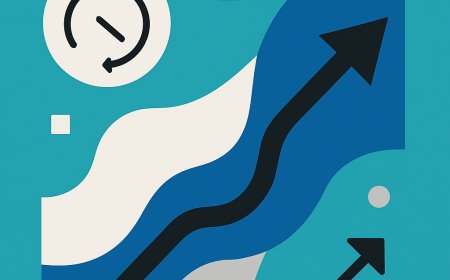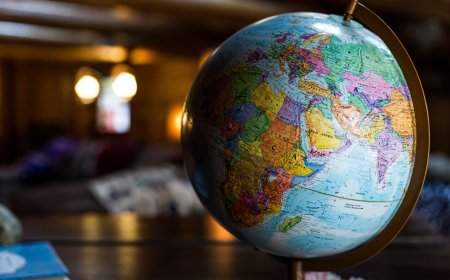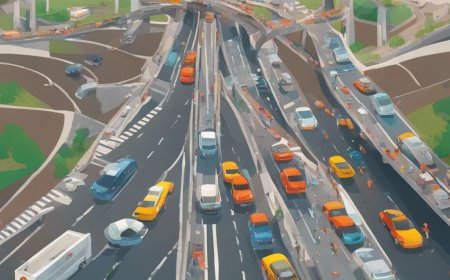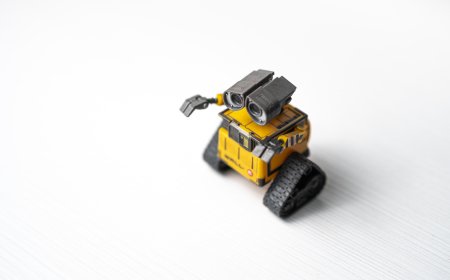The Sonic Adventure Continues: More Acoustics Concepts and Activities for Young Learners
In this next part of our sonic adventure, we'll explore more intriguing concepts in the world of acoustics and sound, along with engaging hands-on activities to spark curiosity and deepen understanding.
The Magic of Echoes and Reverberation
Concept: Echoes and reverberation are fascinating sound phenomena that occur when sound waves bounce off surfaces and return to the listener. If the reflected sound wave reaches the listener a short time after the original sound, we perceive it as an echo. When the reflected sound waves overlap and blend together, creating a sustained sound, it's called reverberation.
Activity: To experience echoes and reverberation, find an empty room, hallway, or outdoor space with flat surfaces. Clap your hands or make a short, sharp sound using an object like a wooden block. Listen carefully to the sound and any echoes or reverberation that follow. Experiment in different locations and compare the results.
The Intriguing World of Harmonics
Concept: Harmonics, also known as overtones, are higher-frequency vibrations that occur simultaneously with the fundamental frequency of a sound. When we play a musical instrument or sing, the sound we produce consists of a combination of the fundamental frequency and its harmonics. The unique blend of harmonics gives each instrument or voice its distinct sound, called timbre.
Activity: You can explore harmonics using a simple homemade instrument like a rubber band guitar. Stretch a rubber band over a box or other resonant surface, and pluck it to create a sound. While the rubber band is vibrating, gently touch it at its midpoint, and observe the change in pitch and timbre. Try touching the rubber band at different points to create different harmonics.
Concept: Resonance occurs when an object vibrates at its natural frequency in response to an external force or vibration. When an object is exposed to a sound wave at its resonant frequency, the vibrations of the sound wave cause the object to vibrate with increased amplitude, resulting in a louder and more sustained sound.
Activity: To explore the concept of resonance, gather two identical glass bottles. Fill one bottle with water, leaving the other empty. Gently tap the side of each bottle with a spoon or another object, and compare the sounds produced. The different amounts of water in the bottles will change their resonant frequencies, resulting in different pitches and sound qualities.
Investigating Sound Localization
Concept: Sound localization is our ability to determine the direction and distance of a sound source. Our brain uses subtle differences in the timing and intensity of the sound waves reaching our two ears to create a mental map of our sonic environment, allowing us to locate sounds with remarkable accuracy.
Activity: To test your sound localization skills, have a friend or family member walk around you while making a noise, such as snapping their fingers or shaking a set of keys. With your eyes closed, try to point to the direction of the sound source. You can also experiment with different sounds and distances to see how your sound localization abilities vary.
Concept: Foley is the art of creating sound effects for movies, television, and other media using everyday objects and materials. Foley artists use their creativity and knowledge of sound properties to design and perform sounds that enhance the storytelling and immerse the audience in the sonic world of the story.
Activity: Explore the world of Foley by creating your sound effects using objects found in your home. For example, you can use a bag of rice or pasta to simulate the sound of footsteps on gravel, or a set of keys to create the sound of a horse's galloping hooves. Record your sound effects and try syncing them with a video clip or a scene from your favorite movie.
Unraveling the mysteries of sound and music can be an exciting and rewarding journey for young learners. By exploring the concepts of acoustics through hands-on activities and experiments, children can develop a deeper appreciation for the sounds that surround them, ignite their curiosity, and foster a lifelong love of learning. So, keep exploring, experimenting, and discovering the enchanting world of sound and music!
Here are more activities to help young learners explore and understand sound localization:
-
Blindfolded Sound Hunt: In a safe space, blindfold a participant and have them stand in the center of the room. Place various sound-making objects around the room, such as a ticking clock, a fan, or a music player. The participant's task is to locate and identify each sound source while blindfolded, using only their sense of hearing.
-
Sound Obstacle Course: Set up a simple obstacle course and have participants navigate it using only their sense of hearing. Place objects that make sound, like bells or small speakers, at various points in the course. Participants, while blindfolded, must listen carefully to the sounds and use them as guides to complete the course.
-
Human Stereo System: Have two participants stand at opposite ends of the room, both holding a small sound-making object (e.g., a set of keys or a shaker). With their eyes closed, have a third participant stand in the middle of the room and try to determine when both sound sources are equidistant from them by listening to the volume and timing of the sounds.
-
The Telephone Game: Arrange a group of participants in a circle. Have one person start by whispering a message to the person next to them. The message is then whispered from one person to the next around the circle until it reaches the starting point. Compare the original message with the final whispered message to explore how sound localization and perception can affect communication.
-
Changing Sound Directions: Set up a rotating platform or swivel chair in the center of a room, and have a participant sit on it. Place a sound source, such as a small speaker, in a fixed position in the room. As the participant spins on the platform or chair, they must try to keep pointing towards the sound source, relying on their sense of sound localization to maintain their orientation.
-
Echolocation Experiment: This activity will help participants understand how animals like bats and dolphins use echolocation to navigate their environment. Have a participant stand a few feet away from a wall and make a series of clicking sounds with their mouth. They should listen carefully to the echoes of their clicks and try to determine their distance from the wall based on the timing of the echoes.
These activities can help young learners develop their sound localization skills and gain a better understanding of how humans and animals use sound to navigate their environments. By experimenting with different sound sources, distances, and environments, children can further explore the fascinating world of sound localization.
The world of sound and music is full of mystery and wonder, and by exploring the science of acoustics, we can deepen our appreciation for the sounds that surround us every day. So, unleash your inner sound scientist, and embark on a journey of discovery, creativity, and fun in the enchanting realm of sound and music.
Disclaimer: The image(s) featured in this article are for illustrative purposes only and may not directly depict the specific concepts, situations, or individuals discussed in the content. Their purpose is to enhance the reader's understanding and visual experience. Please do not interpret the images as literal representations of the topics addressed.













































































































